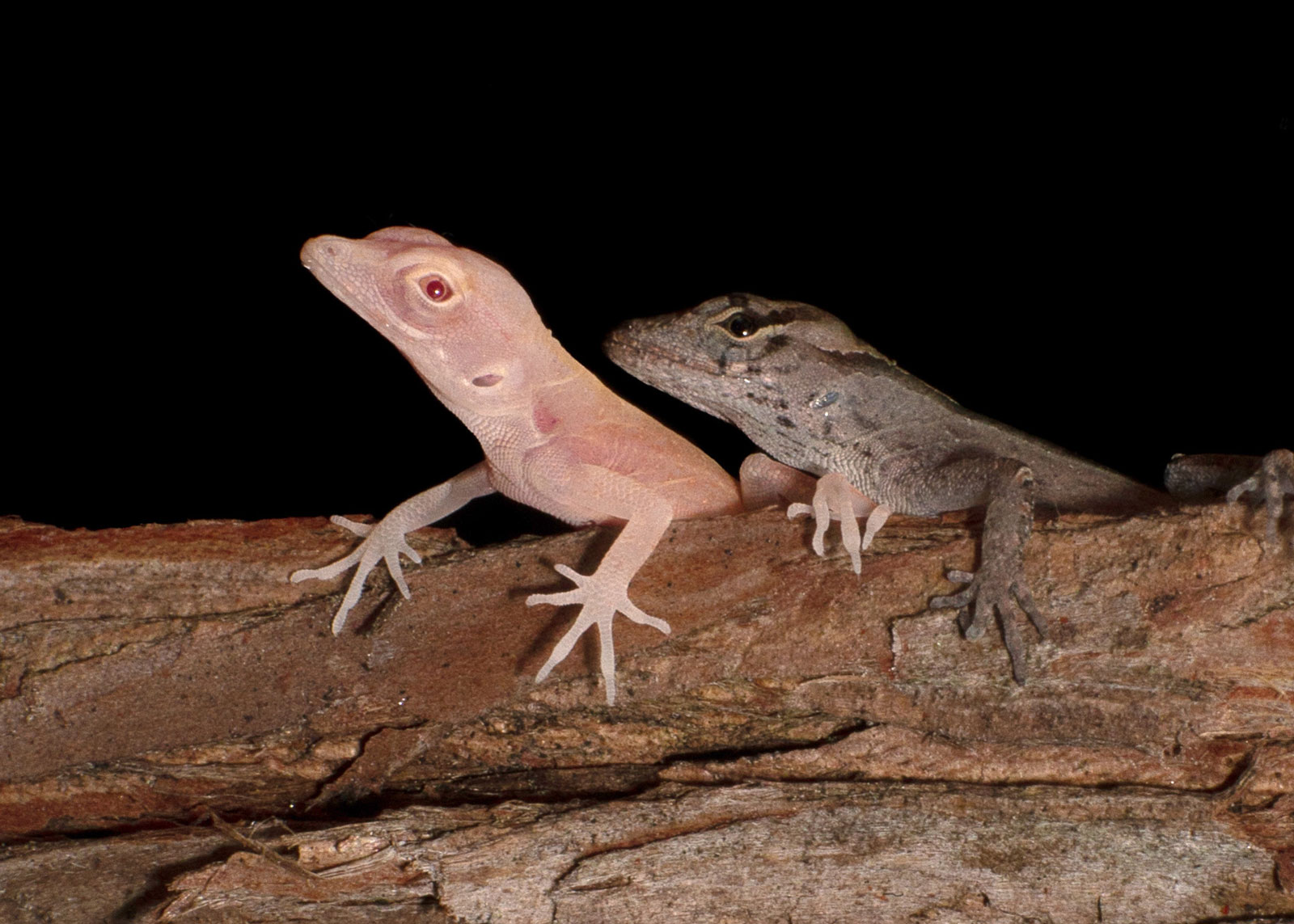
CRISPR-Cas9 gene editing has revolutionized our ability to perform gene editing in animals. However, this technology remains challenging to use in many species, including economically important animals such as the chicken (Komor et al., 2017). CRISPR gene editing requires two primary components: 1) Cas9 protein, which is a DNA endonuclease and 2) a guide RNA (gRNA) that directs the Cas9 protein to cut DNA at a specific location in the genome. To perform gene editing in most animal species, the Cas9 and gRNA are injected into eggs immediately after fertilization occurs. However, accessing eggs immediately after the moment of fertilization is extremely difficult in many species, including birds and reptiles. Although gene editing in chickens can be performed by isolating embryonic germ cells, this procedure remains slow and cumbersome (Oishi et al., 2016). Therefore, we recently developed a new gene editing approach, where CRISPR reagents are injected into immature oocytes prior to fertilization rather than into freshly fertilized eggs (Rasys et al., 2019). We initially developed this method in a small lizard, the brown anole, which is easy and inexpensive to breed in captivity. As proof of principle, we used this new method in lizards to genetically inactivate the TYR gene, which is required for animals to produce pigmentation (Figure 1). Certain key reproductive features are shared between anole lizards and chickens. For instance, anole females lay one egg at a time, much like chickens, so a range of different oocyte sizes are apparent in the ovaries of both species. In addition, both anole and chicken females store sperm in their oviducts. We believe that these similarities will make transferring our new gene editing approach into poultry relatively straightforward. Our team proposes to adapt our new oocyte gene editing procedure for use in chickens.
Application of gene-editing technology to poultry: In the commercial chicken egg industry, there are specialized breeds of chicken that are used exclusively for egg production rather than meat production. As a consequence, approximately 50% of egg layer breed chicks are killed immediately after hatching because they are male and cannot be used for either egg or meat production. Annually this results in the killing of over 7 billion male chicks in the US alone. This practice both reduces the potential productivity and profit of laying hen production, and is also a common target of animal welfare organizations. While many attempts have been made to determine embryo sex and eliminate male embryos prior to hatching, it would be even more fruitful if hens produced exclusively female-bearing eggs from the start. We intend to use our new gene editing technology to generate laying hens that only produce female offspring. To accomplish this objective, we will genetically engineer a mutation into the chicken DMRT1 gene, which is present on the Z chromosome and is required the formation of testes. Male chickens have two copies of the Z sex chromosome (ZZ), while females have one Z chromosome and one W chromosome (ZW). Prior work suggests that the double dosage of DMRT1 in ZZ embryos triggers development of testes and the development of male chicks. We propose to genetically remove the function of DMRT1 using our new method that introduces gene editing solutions into immature oocytes prior to fertilization and egg lay. The resulting chicks would be genetically male (ZZ) or female (ZW), but we hypothesize that the absence of DMRT1 function may result in exclusively female chicks because ZZ embryos will develop as functional females. The successful completion of this project would be of value to the poultry industry both by advancing new gene editing technologies in chickens as well as by demonstrating the feasibility of genetically engineering hens that produce exclusively female offspring.
Team Lead
Douglas Menke
Department of Genetics
dmenke@uga.edu
Team Members
Andrew Benson
Department of Poultry Science
Brian Condie
Department of Genetics
Jonathan Eggenschwiler
Department of Genetics
Jim Lauderdale
Department of Cellular Biology
Kristen Navara
Department of Poultry Science
